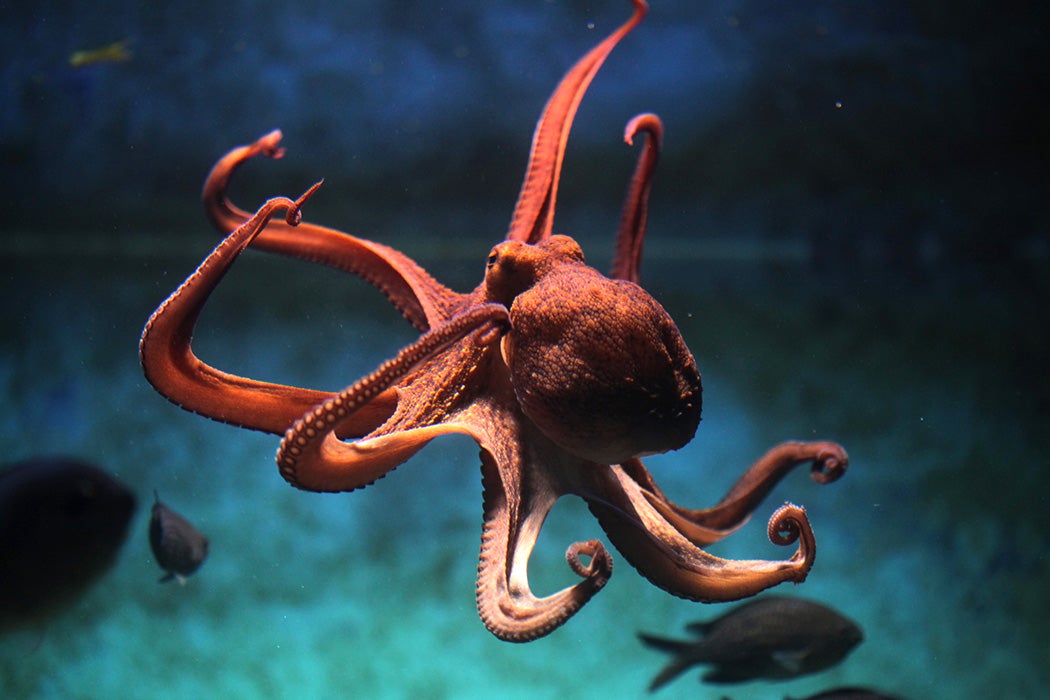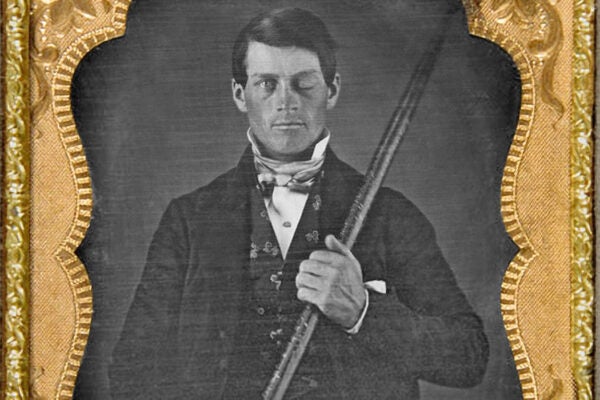Do octopuses dream? (NPR)
by Nell Greenfieldboyce
How can you tell if an octopus is dreaming? Well, you can’t, really. But the clever cephalopods do have periods of “active sleep” that seem a lot like human REM sleep. Except we don’t change color when we dream.
The secret resistance of enslaved women (Black Perspectives)
by Crystal Webster
In the time of slavery, Black women’s reproductive capacity was an asset for slaveholders. Women fought back in ways that historians today can only catch glimpses of.
Is mind-reading tech coming? (The New Yorker)
by James Somers
Today, researchers can communicate with some people previously believed to be in a vegetative state, using brain imaging technology. The potential implications—for good and for ill—are almost unimaginable.
The great COVID baby bust (The Root)
by Ishena Robinson
A huge drop in baby-making since the start of the pandemic has demographers and economists shaken. But the decline in fertility has complicated causes that go beyond COVID-19 and won’t disappear when this crisis ends.
The lost treasure of the American plains (Yale 360)
by Verlyn Klinkenborg
When white people showed up on the prairies of Iowa, they found an astonishingly rich ecosystem. In a couple of generations, farming practices wiped out much of the soil and the life it held. With knowledge of what happened, can things be turned around?
Chin Foin and the birth of American Chinese restaurants (Atlas Obscura)
by Diana Hubbell
Chicago restaurateur Chin Foin helped transform white American eating habits, gaining wealth and prestige in the process. In 1924, he was found dead in an elevator shaft, in what may or may not have been a tragic accident.
Generations of Black Brooklyn life (BK Reader)
by Nigel Roberts
Black people were among the first settlers of what’s now Brooklyn’s Bushwick neighborhood in the 1660s. An illustrated history explores daily life among Black Brooklyn residents of all classes and backgrounds over nearly 400 years.
What’s up with this vicious otter gang? (Live Science)
by Ben Turner
A small group of otters in Alaska has been attacking humans and dogs. That’s unusual behavior for their species, but scientists think they know why the adorable mammals broke bad.
Behind the myths of Texas (Texas Observer)
by Irene Vázquez
Many people, including many Texans, view people from that state as a unique kind of American. But the iconic historical stories that often go with that identity can obscure the rich mixing of cultures that really shape the state.
Bringing back Mongolia’s unique working dogs (Atlas Obscura)
by Shoshi Parks
Soviet-era collectivization cut the bonds between many Mongolian nomadic herders and the bankhar dogs that were family members and work partners. Now, communities are working with nonprofits and other supporters to revive the traditional relationship of humans, livestock, and dogs.
The power of slime (Orion Magazine)
by Lacy M. Johnson
Slime molds aren’t molds at all. They’re single-celled entities that can grow enormously, solve mazes and—in a healthy, nourishing environment—live forever. Can they help us rethink hierarchies that inevitably place humans at the pinnacle?
How did that scale get in your bathroom? (Elemental)
by Kelsey Miller
The powers that be in the United States have long disapproved of fatness. Until the twentieth century, this wasn’t really a matter of health. Then new ideas about weight and eugenic “fitness” conspired with technological developments to bring us the ubiquitous bathroom scale.
How selfish are our genes, anyway? (Aeon)
J Arvid Ågren
Richard Dawkins’s 1976 book The Selfish Gene gave the public a new way to understand evolution. Biologists have learned a lot since then, but the metaphor remains a powerful tool for helping us think about why life forms do what they do.
The modern meanings of a Black samurai (Black Perspectives)
by Warren A. Stanislaus
The anime series Yasuke tells the fictionalized story of a real sixteenth-century African warrior who became a samurai in Japan. There are reasons the story resonates with audiences today.
Lady condors can do what, now? (Gizmodo)
by Isaac Schultz
When scientists surveyed the genetics of endangered California Condors, they found something odd: two female birds had produced offspring, neither of them with any male involvement. How is that even possible?






